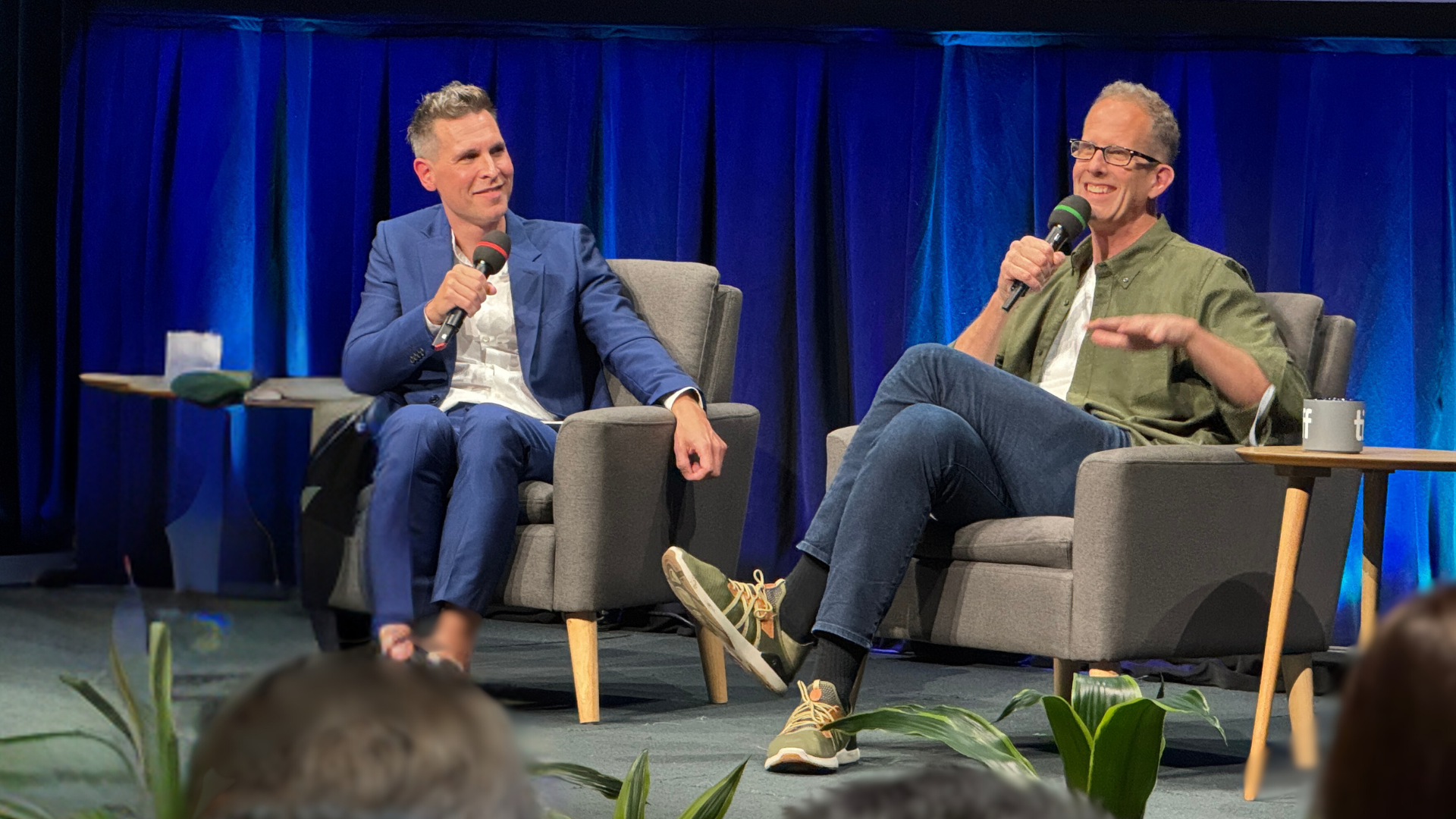
Pixar’s Pete Docter Unveils the Magic Behind the Animation
In a TIFF Visionaries session on Sept. 9, Pixar’s chief creative officer Pete Docter offered a rare glimpse into the creative engine that powers one of the world’s most popular animation studios. With the recent triumph of “Inside Out 2” as the highest-grossing animated film of all time, Docter’s insights were both timely and illuminating.
Docter, whose directorial credits include “Monsters Inc.,” “Up,” and “Soul,” emphasized the collaborative nature of Pixar’s creative process. “As a young director, there’s a temptation to feel like, ‘Oh, this is my baby. I’ve got to have all the answers,'” Docter reflected. “But then you realize, all around me are these amazingly talented people. How can I bring them in so that they are the ones solving the problems?”
This philosophy of collective creativity has been pivotal in shaping Pixar’s unique storytelling approach. Docter revealed that the studio’s films often evolve significantly from their initial concepts. Citing “WALL-E” as an example, he shared how the film’s environmental themes emerged organically during development, rather than being planned from the outset.
The success of “Inside Out 2” was a focal point of the conversation. Docter discussed how the sequel, which explores the concept of anxiety, came to fruition. “We didn’t consider anything until two or three years later,” he explained, referring to the time after the original “Inside Out” was released. “I was still getting people saying, ‘You know, “Inside Out” really changed the way I think and bring up my kids.’ Well, that’s a pretty wild thing to say about a cartoon.”
This impact on real-world conversations about emotions and mental health has become a hallmark of Pixar’s recent output. Docter emphasized the importance of research in crafting these narratives, working closely with psychologists and other experts to ensure accuracy and sensitivity in their portrayals.
As the studio’s chief creative officer, a role he assumed in 2018 following John Lasseter’s departure, Docter has had to balance creative leadership with administrative responsibilities. He admitted to struggling with this transition initially but has found ways to stay creatively engaged. “I need to get the movie into my bloodstream,” he said, describing his approach to overseeing projects while respecting the vision of individual directors.
Docter even revealed that he personally animated a pivotal moment in “Inside Out 2,” surprising the film’s director, Kelsey Mann, by showing up as an animator for a day. This hands-on approach demonstrates Docter’s commitment to maintaining his creative edge while leading the studio.
Looking to the future, Docter hinted at Pixar’s continued commitment to pushing the boundaries of animation, both technically and narratively. The studio’s process of constant iteration and refinement remains at the core of their approach. “Making movies is a discovery,” Docter stated. “If I know exactly what I’m doing at the beginning, I think the movie’s going to be dull.”
As “Inside Out 2” continues to captivate audiences worldwide, Docter’s insights suggest that Pixar is far from resting on its laurels. With a creative philosophy that embraces collaboration, research, and the willingness to evolve ideas, the studio seems poised to continue its streak of critically and commercially successful animated features.
In Docter’s own words, the key to Pixar’s enduring appeal might be their ability to “lead with candy, and then give vegetables as you go” – a fitting metaphor for films that entertain while also offering deeper emotional resonance.

